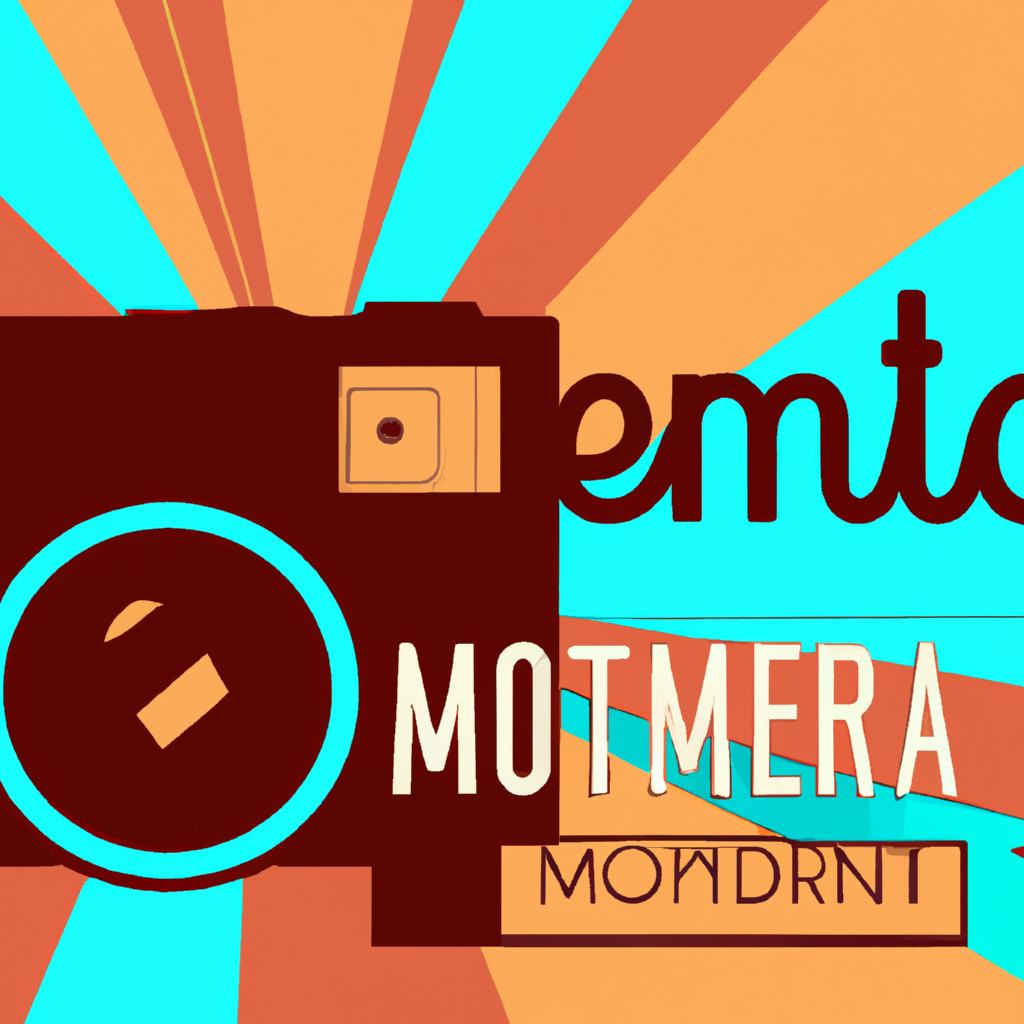Enhance Your Website with Stunning Image Galleries and Carousels using Tailwind CSS and Next.js
Learn how to add visually appealing image galleries and carousels to your website using Tailwind CSS and Next.js. Enhance user engagement and create stunning web experiences with these powerful tools.
Last Updated: 9/24/2023
The Power of Visuals in Web Design

Importance of Using Images to Engage Users
Visuals play a crucial role in web design as they have the power to engage users and enhance the overall design of a website. Incorporating images into a website not only makes it more visually appealing but also helps to convey information, evoke emotions, and create a memorable user experience.
One of the main advantages of using images is their ability to grab attention. With the ever-increasing amount of content available online, users tend to have shorter attention spans. By including eye-catching and relevant images, web designers can captivate users and encourage them to stay on the site for longer.
Images also have the ability to convey information quickly and effectively. They can be used to illustrate complex concepts, demonstrate products or services, or provide visual cues for navigation. By using images strategically, web designers can communicate messages more efficiently and make the content more digestible and memorable for users.
Moreover, visuals have a significant impact on the emotional response of users. The right choice of images can evoke specific emotions and create a connection between the user and the website. For example, using images of happy people can convey a sense of joy and positivity, while using images of serene landscapes can evoke a feeling of calmness and relaxation. By leveraging the emotional power of visuals, web designers can establish a strong connection with users and enhance their overall experience.
In addition to engaging users and conveying information, images also contribute to the aesthetic appeal of a website. Well-chosen and well-placed images can enhance the overall design, create visual interest, and make the website more visually appealing. They can also help to establish the brand identity and differentiate the website from competitors.
In conclusion, the use of images in web design has a significant impact on user engagement and the overall design of a website. By incorporating visuals strategically, web designers can captivate users, convey information effectively, evoke emotions, and enhance the aesthetic appeal. Images are a powerful tool that should not be overlooked in the web design process.
Building Image Galleries with Tailwind CSS

Step-by-step guide on using Tailwind CSS to create stunning image galleries
Tailwind CSS is a highly customizable CSS framework that allows you to build beautiful and responsive user interfaces. With Tailwind CSS, you can easily create stunning image galleries that are both visually appealing and functional.
Step 1: Set up Tailwind CSS
To start building your image gallery with Tailwind CSS, you first need to set it up in your project. Install Tailwind CSS using npm or yarn and configure it as per your project requirements.
Step 2: Structure your HTML
Next, structure your HTML markup for the image gallery. You can use a grid system provided by Tailwind CSS to create a responsive layout for your gallery.
Step 3: Apply Tailwind CSS classes
Once you have your HTML structure in place, you can start applying Tailwind CSS classes to style your image gallery. Tailwind CSS provides a wide range of utility classes that you can use to customize every aspect of your gallery, including the size, spacing, and alignment of the images.
Step 4: Add interactivity
To make your image gallery more engaging, you can add interactivity using JavaScript or CSS transitions. You can use Tailwind CSS classes to animate the image transitions and create a smooth user experience.
Step 5: Customize and extend
One of the key advantages of using Tailwind CSS is its flexibility and customization options. You can easily customize the default styles provided by Tailwind CSS or even extend them to create your own custom styles for the image gallery. This allows you to have full control over the look and feel of your gallery.
In conclusion, Tailwind CSS is a powerful tool for building image galleries. Its flexibility and customization options make it a popular choice among developers. By following the step-by-step guide mentioned above, you can create stunning image galleries that not only look great but also provide a seamless user experience.
Implementing Carousels with Next.js

Benefits of Using Next.js for Dynamic and Interactive Components
Carousels are a popular component used in web development to showcase multiple items or images in a slide-show format. Next.js, a popular React framework, provides excellent support for building dynamic and interactive components like carousels. Here's how you can implement carousels using Next.js:
-
Install the necessary packages: Start by creating a new Next.js project and installing the required dependencies. You can use the
create-next-appcommand to bootstrap a new project. -
Create a Carousel component: Next.js follows the component-based architecture, making it easy to create reusable components. Create a new file for the Carousel component and define its structure and functionality. You can use popular carousel libraries like
react-slickorreact-responsive-carouselto handle the carousel logic. -
Fetch data for the carousel: Next.js provides built-in support for server-side rendering (SSR) and static site generation (SSG). You can fetch the data for your carousel from an API or a local data source using Next.js's data fetching methods like
getServerSidePropsorgetStaticProps. -
Render the carousel: Once you have the data, pass it to the Carousel component and render the carousel with the fetched items. Next.js allows you to render components on both the server and the client, providing a seamless user experience.
Benefits of using Next.js for dynamic and interactive components like carousels:
-
Server-side rendering (SSR): Next.js supports SSR out of the box, allowing you to render dynamic content on the server before sending it to the client. This improves performance and SEO by delivering pre-rendered HTML to search engines and users.
-
Static site generation (SSG): Next.js also supports SSG, which generates static HTML files at build time. This is beneficial for carousels with static content that doesn't need real-time updates. SSG improves performance by serving pre-rendered pages directly from a CDN.
-
Automatic code splitting: Next.js automatically splits your code into smaller chunks, allowing for lazy loading and faster initial page loads. This is advantageous for carousels that contain a large number of images or items.
-
Hot module replacement (HMR): Next.js provides HMR, allowing you to see immediate changes during development without a full page reload. This speeds up the development process when building and fine-tuning carousels.
-
Seamless integration with React: Next.js is built on top of React, making it easy to leverage React's component-based architecture and ecosystem. You can use popular React libraries and tools to enhance your carousels.
Next.js provides a robust and efficient framework for building dynamic and interactive components like carousels. Its support for SSR, SSG, code splitting, HMR, and seamless React integration makes it an ideal choice for creating performant and engaging carousels.
Advantages of Incorporating Image Galleries and Carousels

Image galleries and carousels are powerful tools that can elevate the design of your website. Here are some advantages of incorporating them:
-
Enhanced Visual Appeal: Image galleries and carousels allow you to showcase multiple images in a visually appealing and interactive way. This can make your website more engaging and attractive to visitors.
-
Improved User Experience: By using image galleries and carousels, you can provide a seamless browsing experience for your users. They can easily navigate through a collection of images without having to load separate pages or scroll through long lists.
-
Increased Content Visibility: With image galleries and carousels, you can display a larger number of images in a limited space. This allows you to showcase more of your content without overwhelming the user with too much information at once.
-
Highlight Key Features: Image galleries and carousels can be used to highlight specific products, services, or features of your website. By placing them in a prominent position, you can draw attention to these key elements and encourage users to explore further.
-
Mobile-Friendly: Image galleries and carousels are responsive and work well on all devices, including mobile phones and tablets. This ensures that your website maintains a consistent and visually appealing experience across different screen sizes.
Incorporating image galleries and carousels into your website can greatly enhance its design and user experience. They provide an effective way to showcase your content and engage your audience. Explore these powerful tools and take your website to the next level.
Related Content

I Got An AI To Write 40000 articles for me.
WOAHere's What Happened.

Crazy Benefits for Business Owners
COOLSUPER intersting article about asdfasdf asdf asdf asdf

FIrst Article
COOLSUPER intersting article about asdfasdf asdf asdf asdf

I Got An AI To Write 40000 articles for me.
WOAHere's What Happened.

Crazy Benefits for Business Owners
COOLSUPER intersting article about asdfasdf asdf asdf asdf

Web Developers HATE him
COOLSUPER intersting article about asdfasdf asdf asdf asdf
